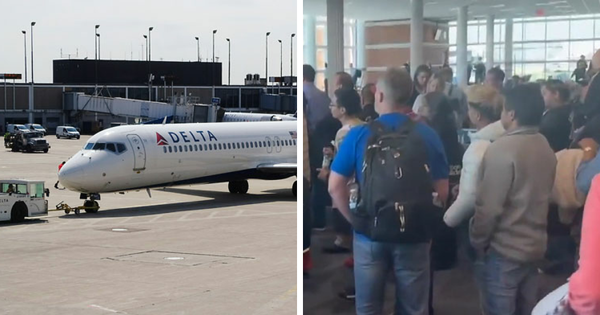Hungary has suggested a "biological attack" may be behind the country’s first foot-and-mouth disease outbreak in more than half a century.
The World Organisation for Animal Health said the outbreak, which was first detected on a cattle farm in the northwest near the border with Austria and Slovakia last month, has triggered border closures and the mass slaughter of cattle.
By Thursday, animal health authorities had inspected nearly 1,000 farms across Hungary. Of those, only four farms in the affected northwestern region returned positive results.
"At this stage, we can say that it cannot be ruled out that the virus was not of natural origin, we may be dealing with an artificially engineered virus," Prime Minister Viktor Orban's chief of staff Gergely Gulyas said at a media briefing.
Gulyas said he could not rule out that the virus outbreak was the result of a biological attack, without giving information on who might be responsible.
He also said that suspicion was based on verbal information received from a foreign laboratory and that their findings have not yet been fully proven and documented.

Hungary's cattle stock numbered 861,000 head based on a livestock census in December, little changed from levels a year earlier.
That constituted 1.2 per cent of the European Union's total cattle stocks, official statistics showed.
Foot-and-mouth disease poses no danger to humans but causes fever and mouth blisters in cloven-hoofed ruminants such as cattle, swine, sheep and goats, and outbreaks often lead to trade restrictions.
Thousands of cattle had to be culled as the landlocked country tried to contain the outbreak, while Austria and Slovakia have closed dozens of border crossings after the disease also appeared in the southern part of Slovakia.
"Everyone was just standing there, crying and saying that this cannot be true, that this was impossible," said Paul Meixner, an Austrian-Hungarian dual citizen who owns one of the affected farms in Hungary.
While his business has taken a 1.5 billion forint ($4.09 million) loss after culling 3,000 cattle and other livestock, Meixner has vowed to rebuild.
"In two weeks, we will start harvesting and storing the hay," he said. "We need the fodder for next year."







